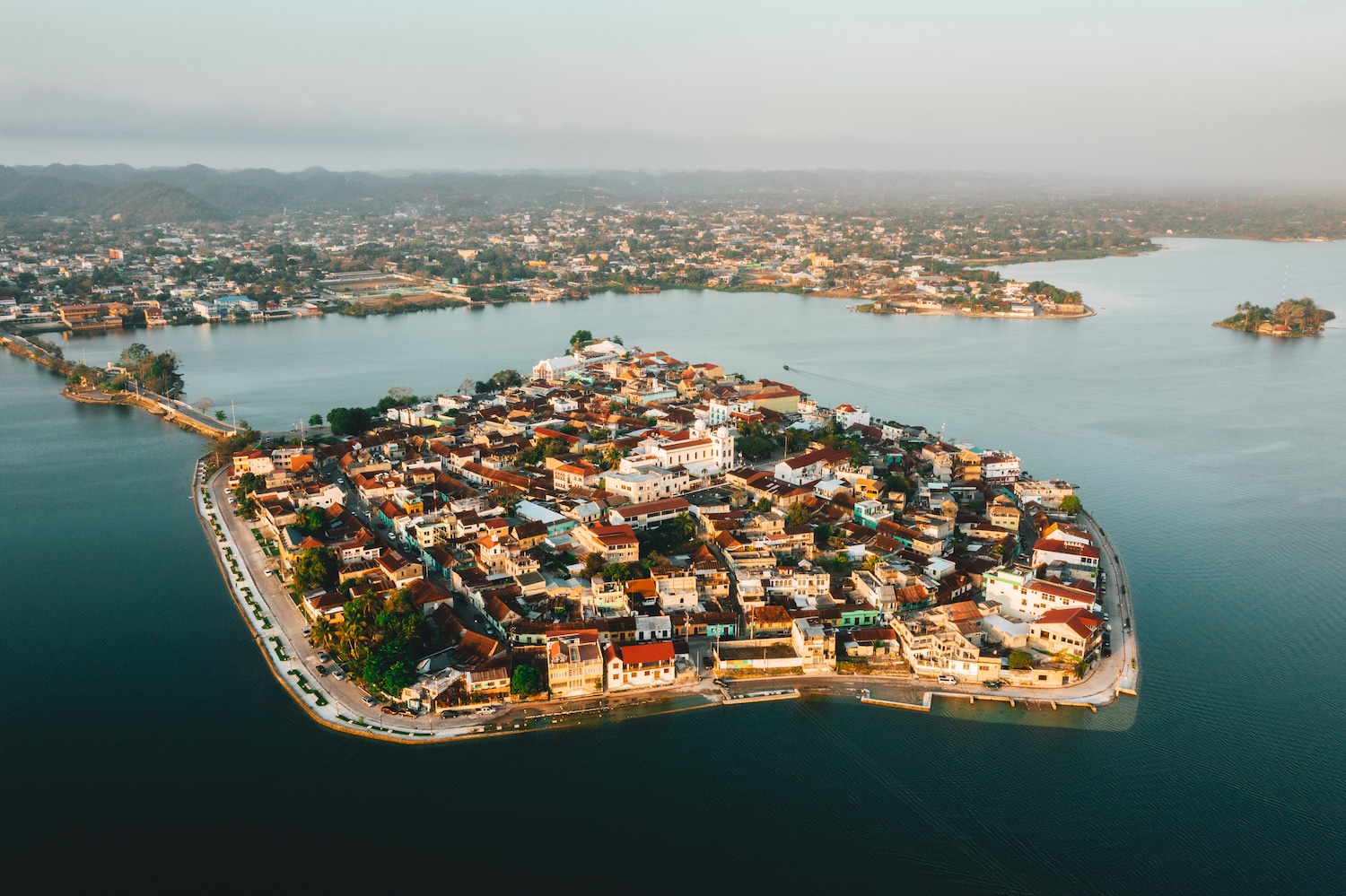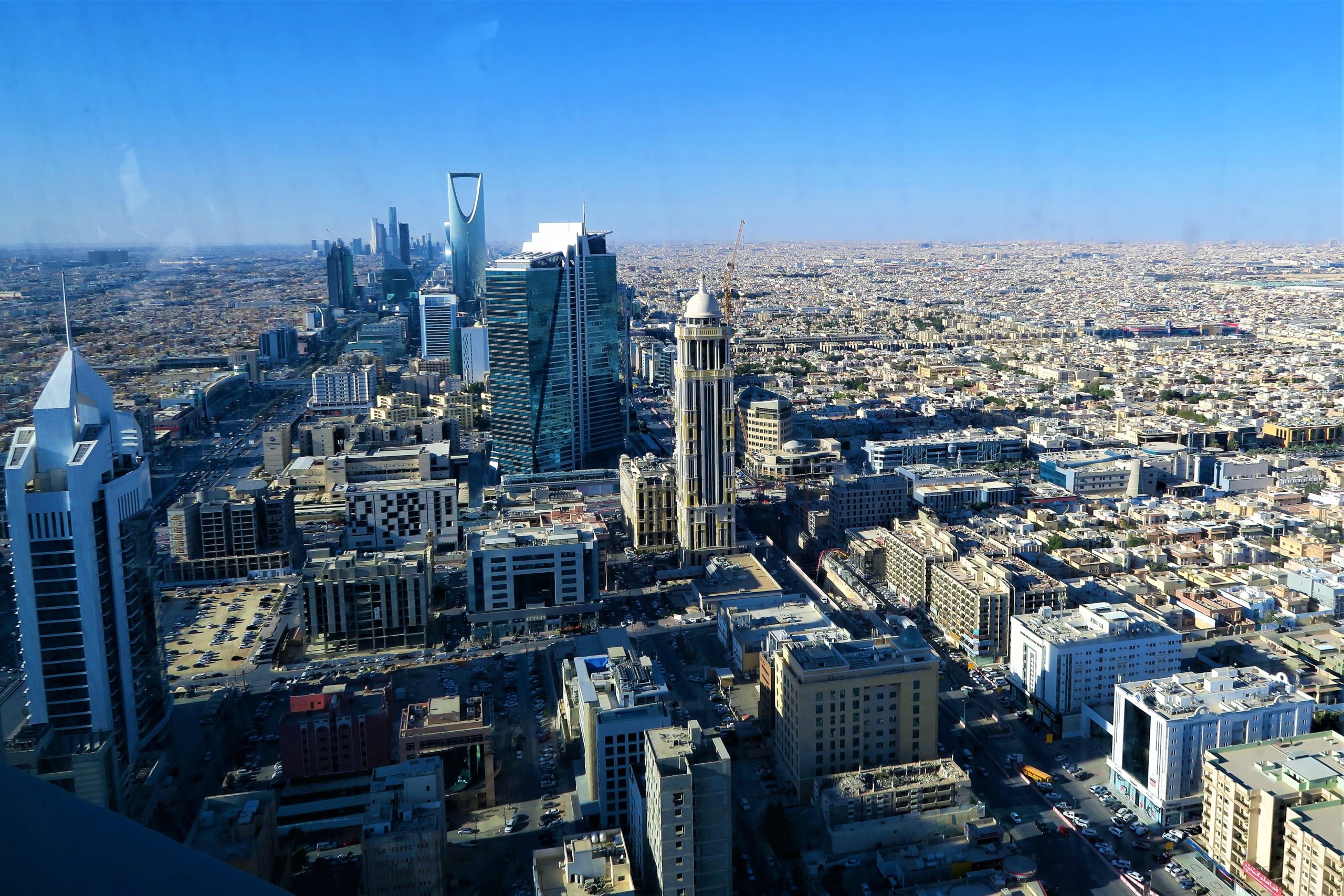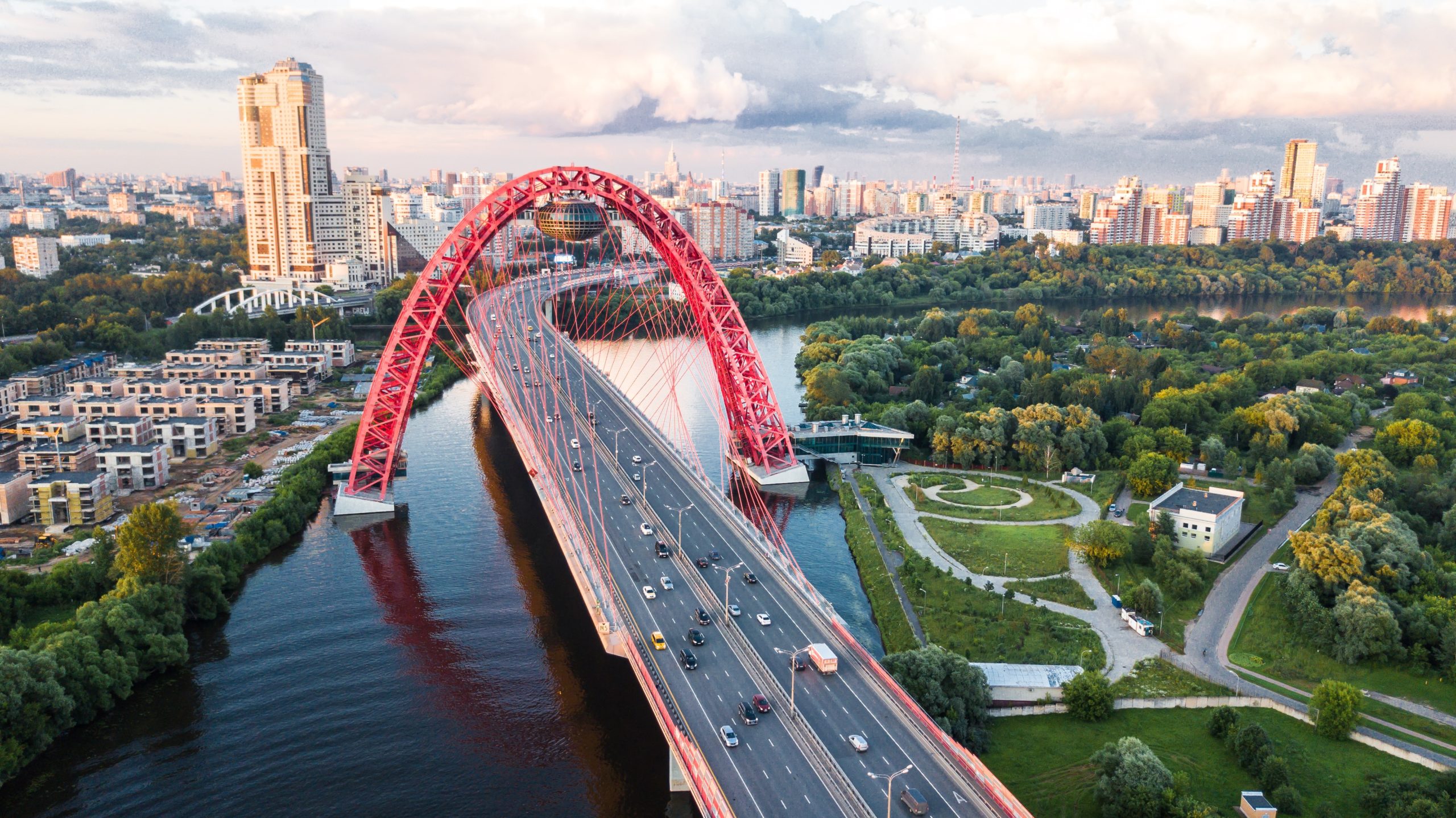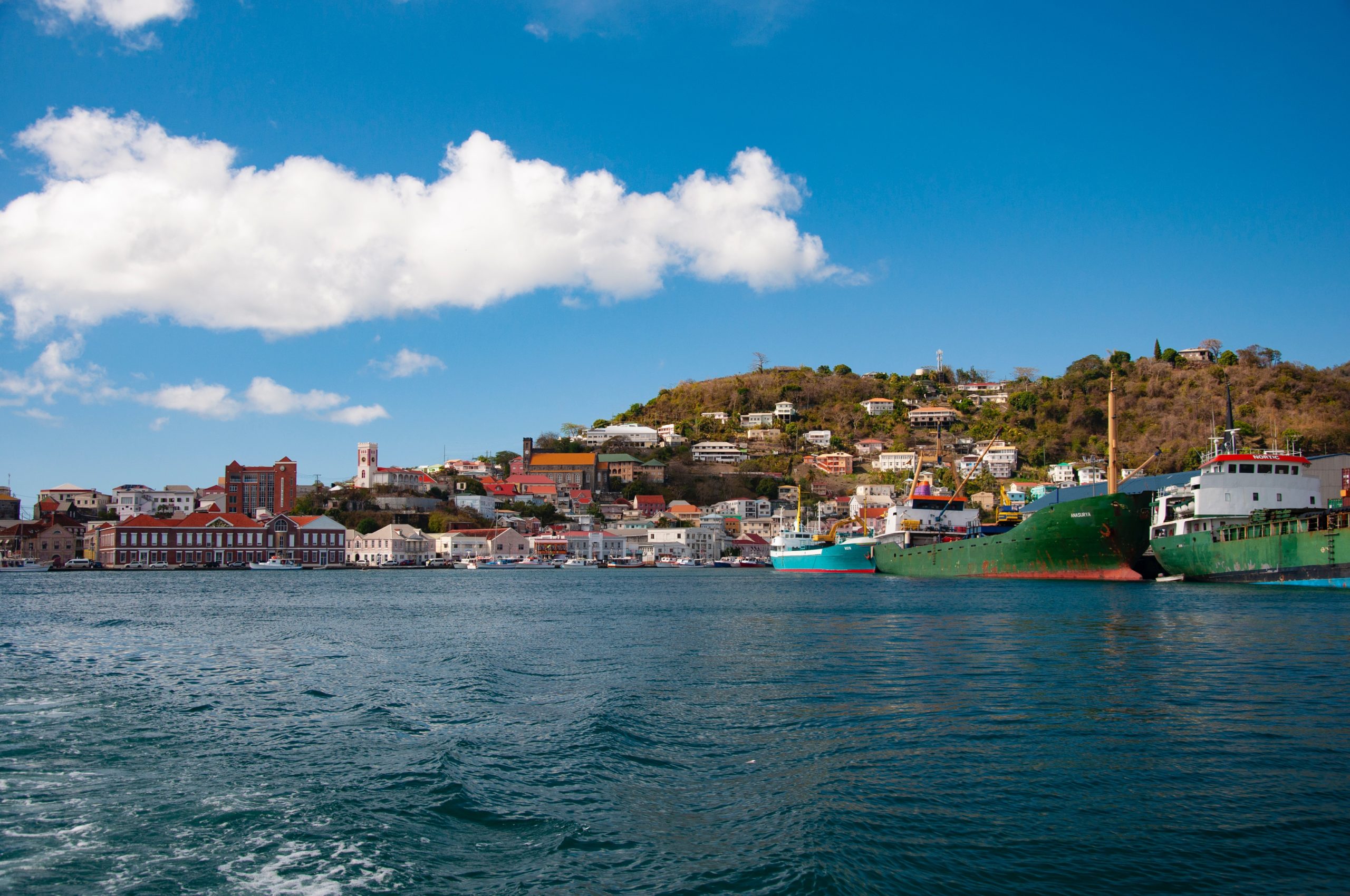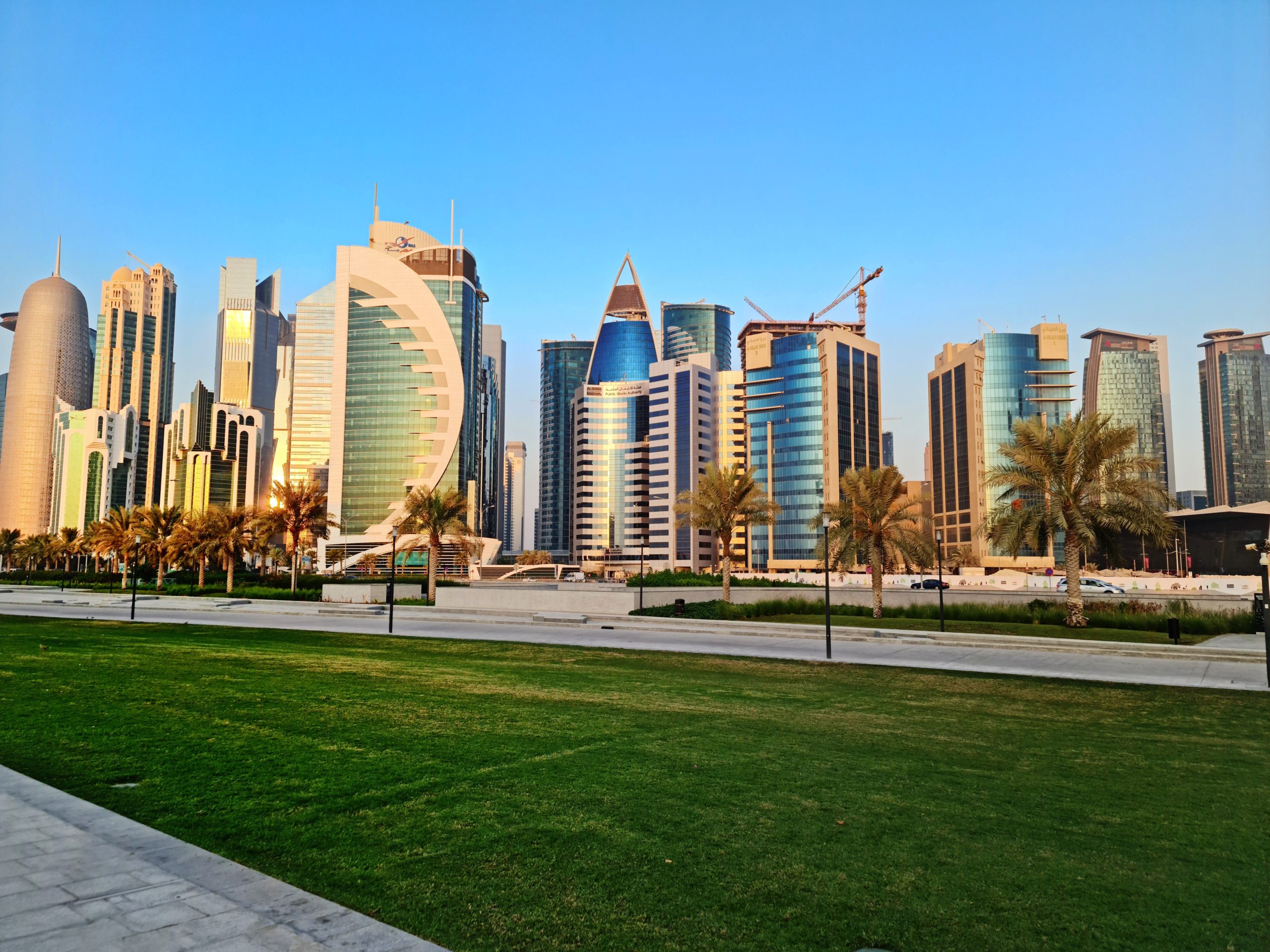The Eastern Europe’s Republic of Belarus is a landlocked nation. With a total land area of 207,595 km2 and a population of 9,491,800, Belarus is the 93rd most populous and 84th largest nation in the world. In 2017, Belarus’s gross domestic product (GDP) totaled US$54.44 billion, with 4.35 million people working there. Of this total, 3.5% were employed by foreign corporations, 57.2% were employed by privately owned businesses, and 39.3% were employed by government-owned businesses. The manufacturing and service sectors are Belarus’ main economic engines, and a sizable share of the workforce is made up of women.

Belarus has been a major producer in the globe for many years. The country contributes 17% of combine harvesters, 6% of tractors, 6.4% of flax fiber, 1.6% of potatoes, and up to 30% of mine dump trucks to global production of the following goods. Belarus produces 1.4% of the world’s milk volume and exports 5% of the world’s dairy products and 11% of its butter.
Let’s look at some of the biggest industries here;
Manufacturing industry
37% of Belarus’s GDP is contributed by the manufacturing sector, which comprises the metallurgical, light, food, chemical and petrochemical, and mechanical engineering industries. Heavy machinery, particularly tractors, trucks, and earthmovers, as well as agricultural goods and energy products were the main exports of the nation in 1994. Additionally, Belarus is a world leader in the production of vehicles used in mining, quarrying, and construction. Despite allowing private enterprises to invest in the industrial sector, the government still influences the key industries. Currently, Belarus also produces and exports radios, televisions, refrigerators, textiles, and motorcycles.
In 2006, Russia and the European Union were Belarus’s top trading partners. According to analysts, Belarus’s 15% unemployment rate in 2009 was brought on by both severe rules and covert unemployment. The economy has expanded recently, nevertheless. Italy, Turkey, China, Ukraine, Russia, the United Kingdom, the Netherlands, Germany, and Poland were Belarus’ top commercial partners in 2017. The Belarusian Automobile Plant, Minsk Wheel Tractor Plant, Mogilev Automobile Plant, and Neman are a few examples of industrial companies in Belarus.
Agriculture
More than 15% of Belarus’ GDP is derived from the agriculture sector, which also provides a sizable portion of its foreign exchange. Farmers raise cattle and cultivate crops, with crop output marginally outpacing livestock production. Cranberries, sugar beets, wheat, cucumbers, flax, sunflower oil, potatoes, rapeseed, rye, triticale, and barley are the main agricultural goods in Belarus, while poultry, pork, and beef are the main animal products. Cereals and legumes account for 41% of the land utilized for crop farming, followed by crops for animal feed (43%), potatoes and vegetables (11%), and industrial crops (4%). One of the top exporters of butter, yogurt, and cheese is Belarus.
The agriculture sector is doing reasonably well, but it has been losing ground recently. The contribution of agriculture to the national GDP fell from 11.6% in 2000 to 7.4% in 2007. The country’s population moving en masse from rural to urban areas is blamed for this deterioration. As a result, there are fewer agricultural workers available as a result of this urbanization trend.
Transport and logistics
Due to long-established trade routes from the Baltic Sea to the Black Sea and from Russia to Western Europe, Belarus has a robust transportation system. The length of all public roads in the nation is 63,131 miles, and paved roads make up 86.47% of those miles. Belarus has 755 miles of electrified railroad and 3,412 miles of operational railroad. 1,854 miles of oil and gas pipelines are also part of the transport and logistics sector. In Belarus, there are 38 logistics centers with floor space as well as Class A and B warehouses.
Economic environment and growth
Due to its strict policies, onerous licensing process, absence of an independent judiciary, and price controls, Belarus’ economic environment is not especially welcoming to foreign investors. Nevertheless, economic progress has been made possible by reformative policies, improved trade cooperation between Belarus and Russia, and other factors.

